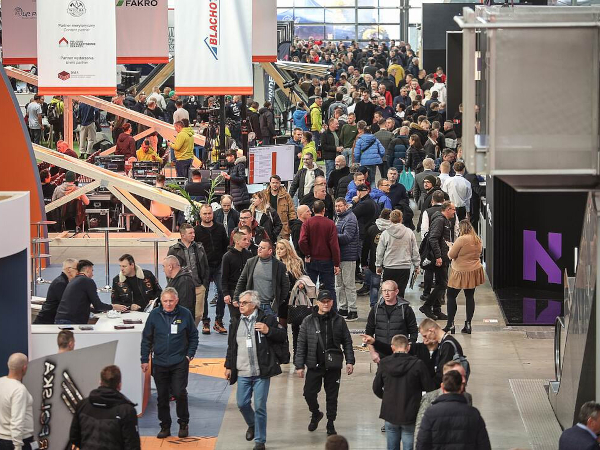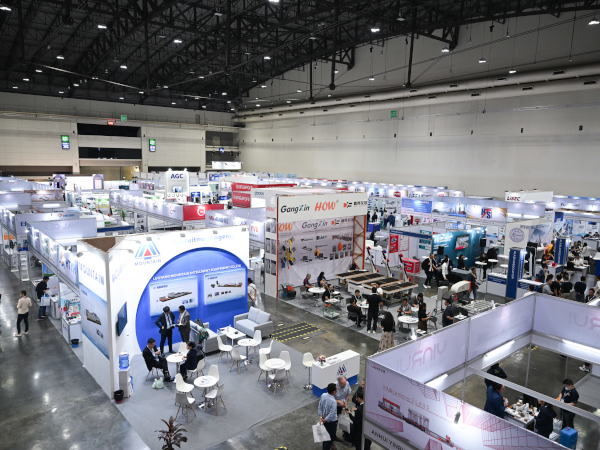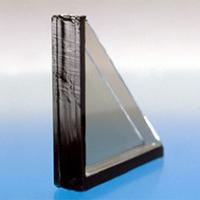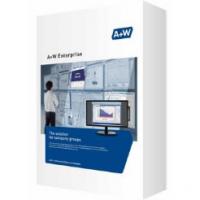
Date: 30 July 2019
Product Manager David Naylor charts the company’s rise – and lays out its mission to make British buildings some of the warmest, quietest and most thermally efficient in the world.
1928. 1952. 2005. Three years, in three totally different eras, that, for most people, have absolutely nothing in common. But for tremco-illbruck, they were major milestones in our history.
In 1928, Alexander Fleming discovered penicillin, Mickey Mouse appeared on film for the first time – and, in Cleveland Ohio, William C. Treuhaft started the Treuhaft Manufacturing Company.
Treuhaft specialised in making sealants, protective coatings and weatherproofing products, and his business grew quickly. By the ‘50s, it was America’s biggest manufacturer of industrial maintenance solutions, with 250 in its range.
Something else had changed, too. Treuhaft Manufacturing Company had been abbreviated to Tremco.
But at around the same time, across the Atlantic another business was coming to life.
In 1952, Elizabeth II became Queen, the UK’s first ever Singles Chart was published – and West German industrialist Willi Illbruck founded the Illbruck company.
With the West German economy booming as its post-war recovery gathered pace, Willi’s new business initially set about manufacturing dies for making steel wool.
But as time went on, it gradually diversified into other areas, including the one that would eventually make its name – sealants.
And in 2005, the year of Live 8 and the birth of YouTube, the Tremco and Illbruck were brought together by RPM International, a construction materials specialist with 14,500 employees in 26 countries, to create tremco-illbruck.
In the years since, armed with the combined expertise of both businesses, and backed by the huge resources of RPM, we’ve made massive strides in helping modernise construction.
And one of the areas we’ve had the most impact is window installation. For decades, most of the UK’s windows have been fitted with silicone. It’s two biggest selling points are that it’s inexpensive, and it’s easy to use – you point the gun, and pull the trigger.
But it also comes with a whole host of drawbacks. It’s a poor insulator, for one thing – typically offering U-Values of 2.6 or worse (Passivhaus is 0.7). And over time, silicone goes hard.
Any movement between the window and the frame can cause tiny micro-cracks in the silicone, resulting in the sort of air and water leakage which seriously compromises the unit’s thermal efficiency, and, eventually, leads to more serious complications.
In recent years, tremco-illbruck has been at the forefront of attempts to encourage installers to adopt an alternative - impregnated tape.
In essence, it’s a compressed foam insulating seal. Once you remove the backing paper, the tape steadily expands to effectively seal all gaps and spaces between the frame and wall.
And we’ve developed impregnated tape products for virtually any application. TP600 Compriband was arguably the original article – one of the very first impregnated joint-sealing installation tapes to deliver twenty-first century performance. It was an outstanding product then, and it still is today.
If you need flawless airtightness, there’s TP653 (to be launched at FIT Show 2019), capable of helping a building achieve Passivhaus standard.
And if you need a product that excels across the board, there’s TP652 Trio Plus, which delivers industry-leading weather-tightness, air-tightness and thermal and acoustic insulation.
That’s down to its patented Step technology – an extra grey layer that delivers more foam on the inside of the joint, equalling higher compression and superb all-round performance.
In TP652 LL, there’s even a version that’s quicker and easier to apply, thanks to a liner-less self-adhesive.
At tremco-illbruck, our mission is to help window installers offer their customers the very best thermal and acoustic performance, and help British buildings become warmer and quieter than ever before.
 600450
600450



















Add new comment